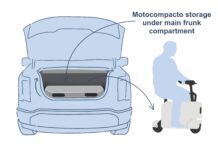The “Smart” Work Station for Virtual Learning is the idea of designing a set of furniture that includes technology to provide the most effective learning space for elementary school students who struggle to adapt to the virtual learning. The set includes a desk and a chair, both adjustable for the student as they grow with age. Certain technological features added to the ergonomics of the space allow it to replicate the same interactive nature of the classroom atmosphere.
Throughout my research, I have found that technological advancements such as AI, biometrics, and multi-touch work stations are being more and more incorporated into the education of elementary school students. The Smart Work Station features a touch-point system built into the desk with screens that the student can manipulate and perform schoolwork within. With the idea that every student in the class would be provided with a desk, the teacher is able to see and interact with each student’s desk screen, similar to the dynamics of a teacher coming to help a student in class. The teacher can not only observe the student through video chatting, but they can also view the student’s work in real time, enhancing the sense of connectivity.
Another potential feature of the Smart desk would be a biometrics tracker that monitors student’s facial expressions during a lesson to track attentiveness and moments of confusion. In my research, biometrics is a technology that is still in debate regarding the ethics of recording a student’s behavioral data and privacy concerns. However, it also proves to be very beneficial in recognizing a student’s weaknesses and alerting the teacher when students are losing focus.




